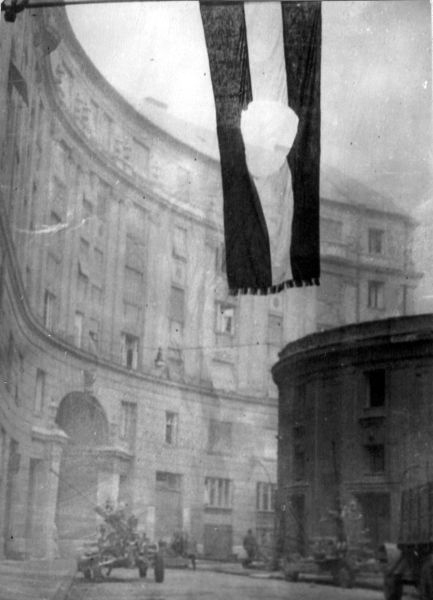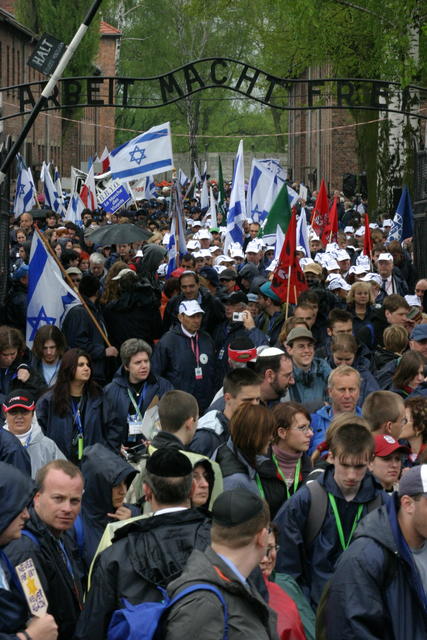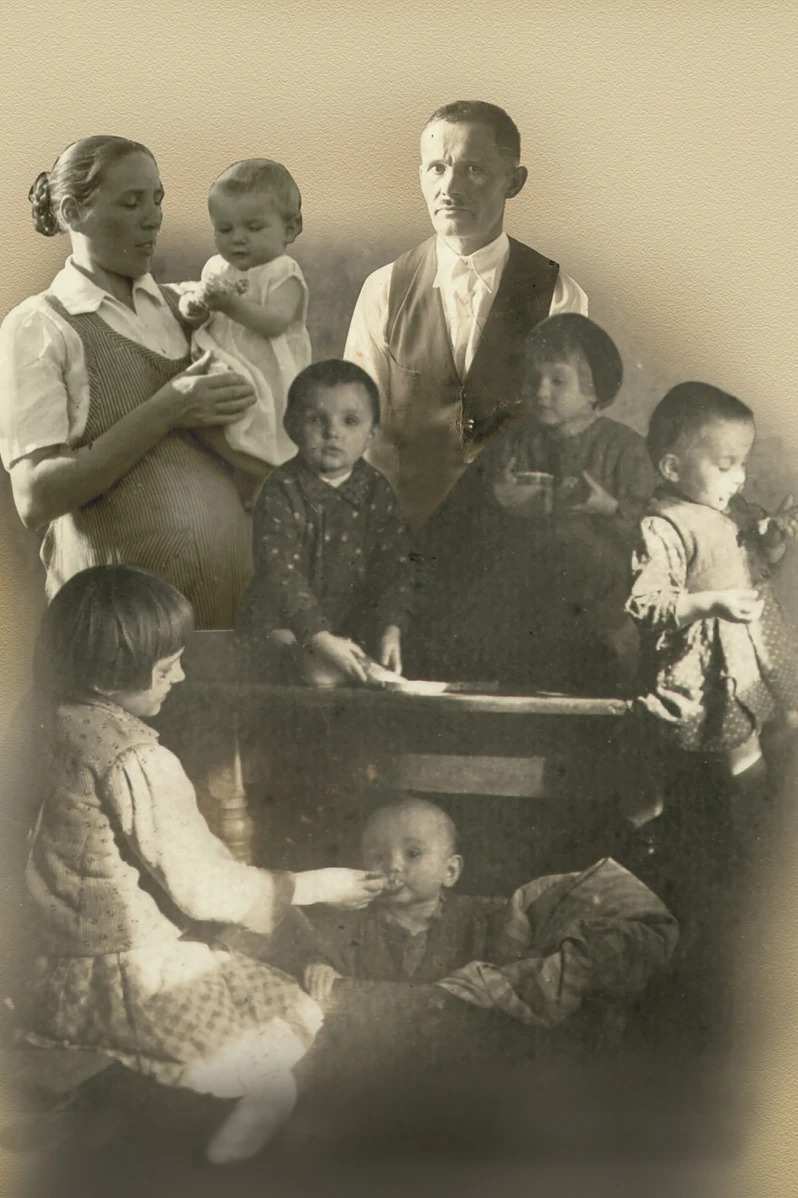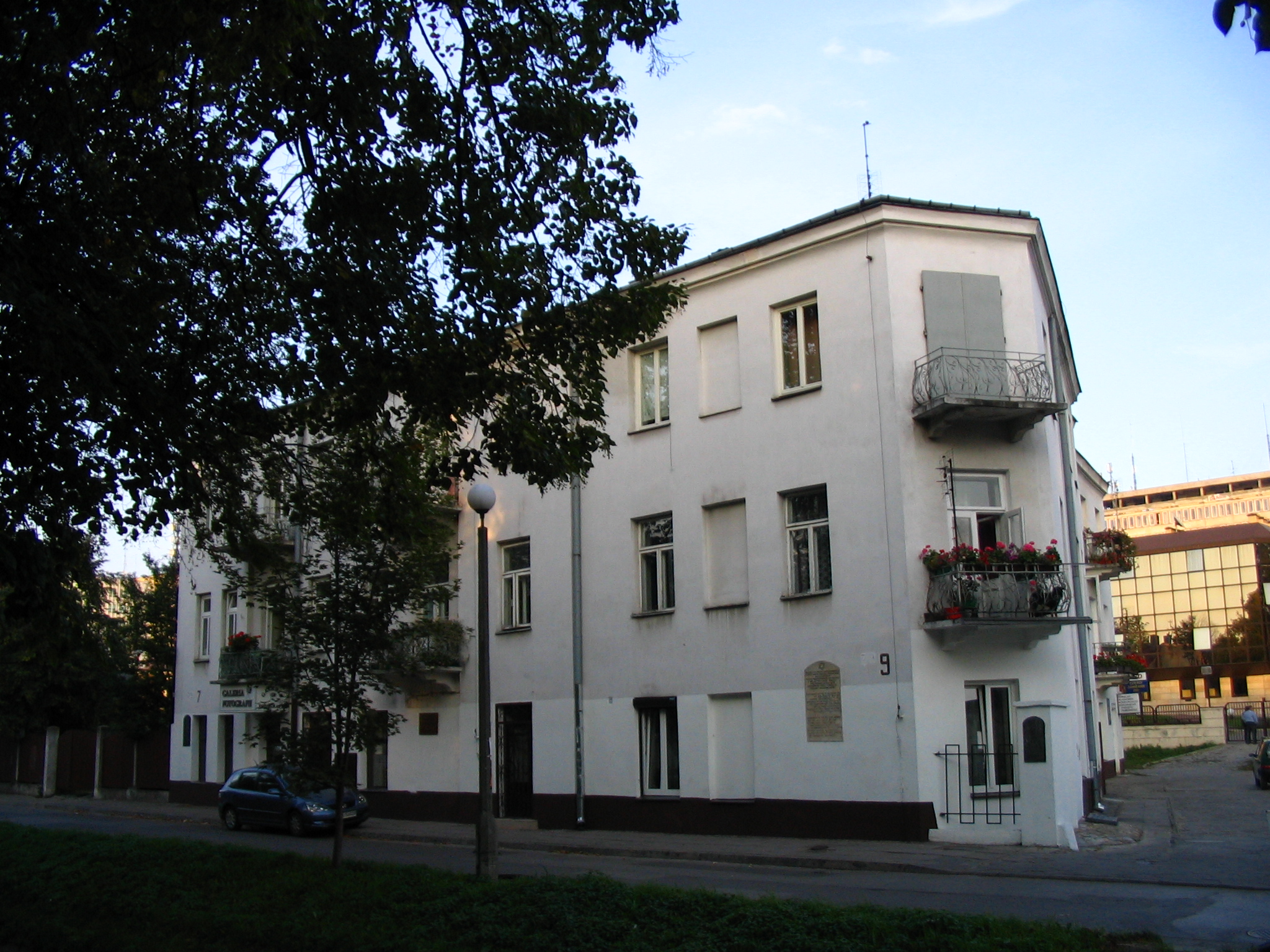Soviet invasion and the freedom fighters – Corvin Cinema
Fact of the Hungarian figure „Josef Bem Square – 1956″
Part of the „Dreaming about the democracy” topic
After four days of intense fighting, a ceasefire was announced on October 27, 1956, and Soviet troops temporarily withdrew from Budapest. Armed insurgent groups, consisting mainly of workers, urban youth, and students, had fiercely resisted Soviet forces in various parts of the city. One of the most iconic groups was the ‘Corvinists,’ a band of freedom fighters who entrenched themselves in and around the Corvin Cinema. This immense building, located in a key passageway in Budapest, became a strategic hub of resistance against the Soviet invasion.
The Corvinists, many of them young and inexperienced in combat, used their knowledge of the urban terrain and guerrilla tactics to hold their ground. Armed with Molotov cocktails and light weaponry, they managed to fend off Soviet tanks and troops during the initial stages of the revolution. Their bravery, along with that of other groups across the city, contributed to the temporary withdrawal of Soviet forces and gave hope that the revolution might succeed.
However, this hope was short-lived. On October 31, Soviet leaders in Moscow made the decision to crush the Hungarian uprising by force. In the early hours of November 4, 1956, Soviet forces launched ‘Operation Whirlwind,’ a massive military assault aimed at retaking Budapest and quelling the revolution. The Corvin Cinema, along with other key strongholds, became a primary target. Soviet tanks rolled into the city, swiftly overwhelming the outgunned and outnumbered insurgents. Despite their best efforts, the Corvinists, like many other resistance groups, were eventually overpowered. Prime Minister Imre Nagy sought refuge at the Yugoslav Embassy as the Soviet forces advanced toward the Parliament.
The fighting continued for several more days, with pockets of resistance scattered across the city. However, the initial Soviet attack on November 4 was devastating, and the revolution was effectively crushed within hours. Despite this, the Corvin Cinema and the surrounding streets remain etched in the collective memory of Hungary as a symbol of the fierce resistance and the undying spirit of the Hungarian people.
Today, the Corvin Cinema and the surrounding area are not only remembered for their strategic importance during the 1956 Revolution but also as a site of commemoration. In 1996, sculptor Lajos Győrfi created the „Pesti Srác” (Budapest Boy) memorial, which now stands in Corvin köz to honor the young freedom fighters who bravely defended the area against Soviet forces. The statue serves as a powerful reminder of the spirit and sacrifice of the Hungarian youth who fought for their country’s freedom during those fateful days of 1956.





